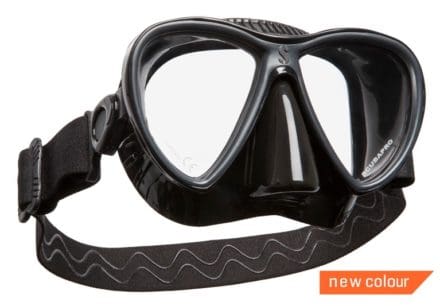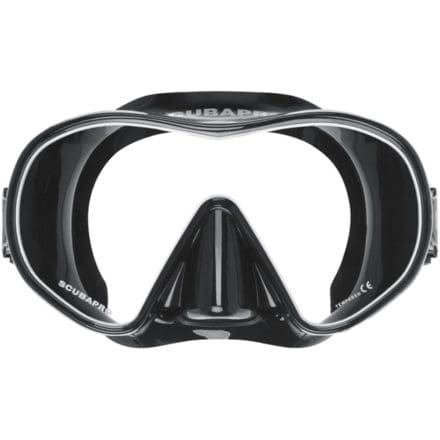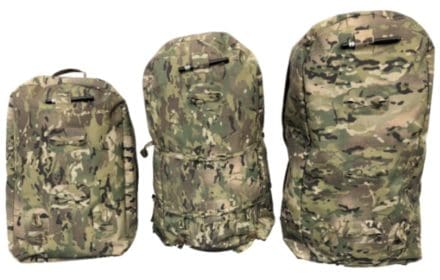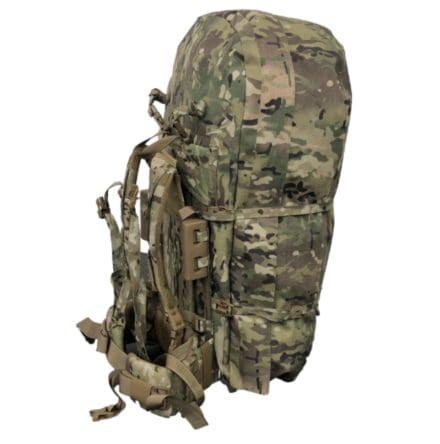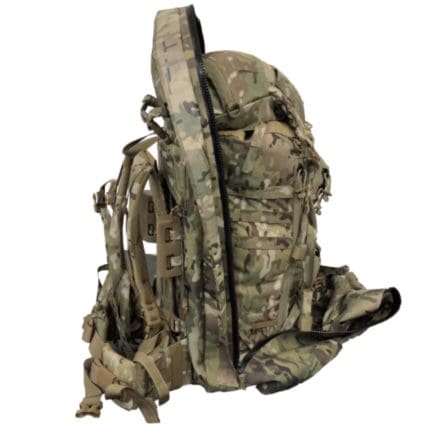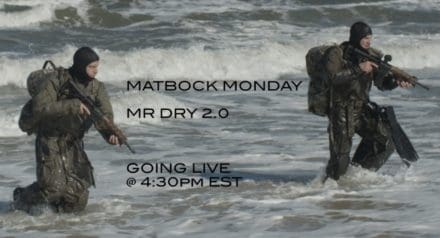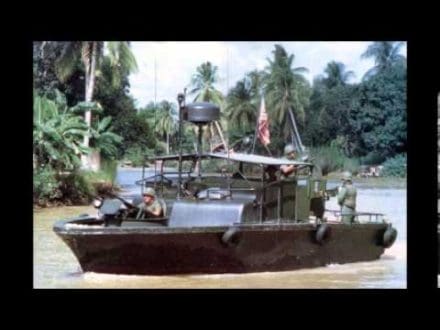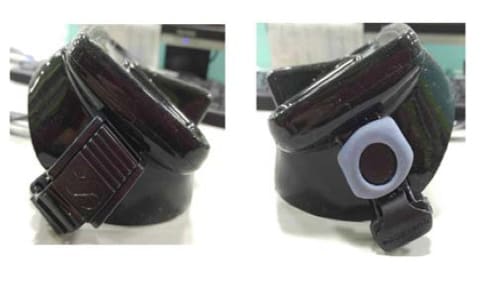MARINE CORPS BASE QUANTICO, Va. —
Marine Corps Systems Command is working toward the next phase of replacing the legacy Light Armored Vehicle with a modern Advanced Reconnaissance Vehicle.
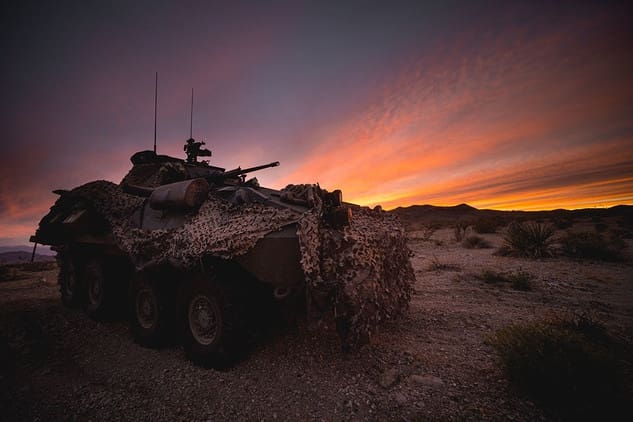
Armored Reconnaissance was the subject of a Capability Based Assessment, the results of which were summarized in a 2019 Joint Requirements Oversight Council-validated Initial Capabilities Document produced by the Marine Corps’ Combat Development and Integration. The CBA pitted Light Armored Reconnaissance Battalions against a peer threat, and identified shortfalls and gaps in capability.
CD&I emphasized the need for a modern, purpose-built ARV. As the core-manned, next-generation system, ARV must possess transformational capabilities to enable LAR Battalions to gain contact with and collect on peer-threat forces. It must accomplish this goal without becoming decisively engaged, while also successfully waging the counter-reconnaissance fight.
After the analysis and various other supporting activities, the ARV concept emerged as a transformational required capability. The characteristics differentiating the ARV from current systems include the incorporation of a battle management system, enhanced vision technologies for increased situational awareness, and target tracking and engagement capabilities.
The Program Manager for Light Armored Vehicles is pursuing this capability to support LAR Battalions, provide them with additional capabilities and set the conditions to transform the way they fight.
“Any ARV path forward will continue to be informed by the ongoing [Office of Naval Research] Technology Demonstrator effort, the ARV Analysis of Alternatives, Phase III Force Design outputs, additional Government [Requests for Information], senior leadership direction and industry feedback,” said John “Steve” Myers, Program Manager for MCSC’s LAV portfolio.
A collaborative effort
In the early planning stages, the Marine Corps envisioned the ARV as a replacement combat vehicle for the LAV. Over time, officials began to view the ARV as a vehicle platform equipped with a suite of advanced reconnaissance capabilities, with an open system architecture that can sense, shoot, move, communicate and remain transportable as part of the Naval Expeditionary Force.
PM LAV is leading the acquisition planning effort to help realize this next-generation reconnaissance vehicle. The portfolio is collaborating with ONR and the Capabilities Development Directorate of Headquarters Marine Corps, CD&I.
Capitalizing on their Detroit Arsenal location, PM LAV is working with Combat Capabilities Development Command Ground Vehicle Systems Center to update the ARV concept as a tool to analyze impacts of capability changes. Recognizing commonalities exist among the ARV and the Optionally Manned Fighting Vehicle, the Army, Navy and Marine Corps are working together to ensure collaboration for those capability gaps.
ONR is conducting research on advanced technologies to inform requirements, technology readiness assessments and competitive prototyping efforts for the ARV.
In 2019, ONR selected two vendors to design, fabricate and test full-scale technology demonstration platforms. Both platforms are expected to be ready for government evaluation in the fourth quarter of fiscal year 2020.
Through ONR’s efforts, the Ground Combat Element Division of CDD has been refining a set of requirements for the ARV to meet the future reconnaissance mission of the Marine Corps. PM LAV will leverage this information in a performance specification to be released to industry partners to build the ARV.
The collaboration between PM LAV, ONR and CD&I is crucial to the success of the ARV.
“Effective collaboration between the materiel developer, technologist and combat developer is essential to achieving the next-generation capabilities required to transform legacy armored reconnaissance into a modern, combat credible force,” said Kurt Koch, GCE Division, CDD.
Koch noted how the strong partnerships forged over the last three years set the conditions to develop the core of a next-generation, combat vehicle system—mobile on land and water—to serve as a manned hub coordinating the actions of unmanned ground and aerial robotic sensor, and weapon systems.
The path forward
PM LAV has taken several steps to ensure the success of the ARV.
In 2019, PM LAV released a Request for Information to industry comprising a set of attributes for a transformational vehicle. Based on responses to the RFI, the program office met with several vendors interested in becoming a prime vendor for ARV.
PM LAV originally planned to hold an industry day in May 2020 for the Competitive Prototyping Phase. However, the ongoing COVID-19 pandemic caused the event to be rescheduled to the fourth quarter of fiscal year 2020.
“We still want to hold an industry day so we can have an open discussion with industry, provide more clarification and answer any questions from our industry partners,” said Maryann Lawson, MCSC’s project lead for ARV.
In addition to industry engagements, the evaluation of Science and Technology efforts as well as ongoing CDD and performance specification refinement should yield the information necessary to move into the Competitive Prototyping phase.
“PM LAV will focus efforts targeted on industry RFIs and strategic small group engagements,” said Myers.
The Marine Corps plans to use the Ground Vehicle Systems Other Transaction Agreement with the National Advanced Mobility Consortium to release a draft request for prototype proposal, or RPP, for the ARV base variant in the fourth quarter of fiscal year 2020.
The government is interested in industry feedback and collaboration to shape the requirement and statement of work for the final RPP release in spring 2021. Industry partners are encouraged to periodically check beta.sam.gov and engage with the NAMC for future RFIs and program updates.
Story by Matt Gonzales, MCSC Office of Public Affairs and Communication | 10th Marine Regiment
Photo by photo by Cpl. Corey A. Mathews






